The King of Fighters Collection: -The Orochi Saga-
The Orochi saga in The King of Fighters is where things got real. SNK took the usual team-based brawls and dropped a whole lore into it, turning what could’ve been just another tournament arc into this epic clash with ancient gods and cursed bloodlines. It starts with KOF ‘94 and ’95, where you’re just fighting for glory, but by ’96, the cracks show, something bigger’s brewing. Then ’97 hits, and boom: Orochi awakens, and the game flips the script with apocalyptic stakes, with ‘98 acting as a dream match that ties it all together. The vibe shifts from "let’s win this tournament" to "we gotta save the world from this snake-haired deity and his fanatical crew."
What makes the Orochi saga stand out is how it weaves lore into the fights. Characters like Iori, with his wild flames and even wilder temper, and Kyo, the cocky heir to a legendary fighting style, aren’t just rivals, they’re tied to this ancient Orochi bloodline curse. And let’s not forget Leona, the quiet soldier who’s literally fighting her own demonic heritage. The story gives these fighters depth beyond cool moves, making their clashes feel personal. Even the new faces, like the Hakkeshu (Orochi’s elite warriors), aren’t just random bosses, they’re part of this grand, messed-up family reunion where everyone’s trying to kill each other.
Gameplay-wise, ’96, ’97 and ’98 refined the mechanics, ditching the clunky line-swap from ’94 and ’95 for smoother movement and the introduction of Advanced and Extra modes. This let players choose how they wanted to fight, build meter slowly for big supers or play aggressively for quick counters. The Orochi versions of characters (like Orochi Iori and Leona) were broken as hell, but that was part of the fun, unlocking them felt like cheating in the best way. And the music? Absolute fire. Tracks like Esaka? and Slasher Zero set the tone for desperate battles against godlike beings.
The saga’s ending in ’97 is still one of the most dramatic in fighting game history. Sacrifices, betrayals, and a final showdown where the fate of humanity hangs on a few well-timed combos. It’s over the top, but that’s why it works, SNK didn’t hold back. The Orochi saga set the bar for storytelling in KOF, proving that fighting games could have weighty narratives without sacrificing the hands-on chaos that makes them fun. Even today, it’s remembered as the arc where KOF stopped being just another fighter and became legendary.
Now, KOF ‘98? That’s the victory lap. No story, just pure fanservice. It brought back almost every character from the Orochi saga (even Rugal, because why not?) and polished the mechanics to near-perfection. It’s often called the best KOF ever, and for good reason, it’s the ultimate love letter to the saga, with tight gameplay, a stacked roster, and no baggage.
The Orochi saga wasn’t just about fights, it had lore, drama, and some of the most iconic moments in fighting game history. From Rugal’s over the top villainy to the tragic twist with the New Faces Team, it set the standard for KOF storytelling. And ‘98? That’s the cherry on top, proving that sometimes the best way to celebrate a saga is to just let players go wild with it.



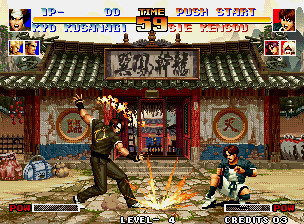
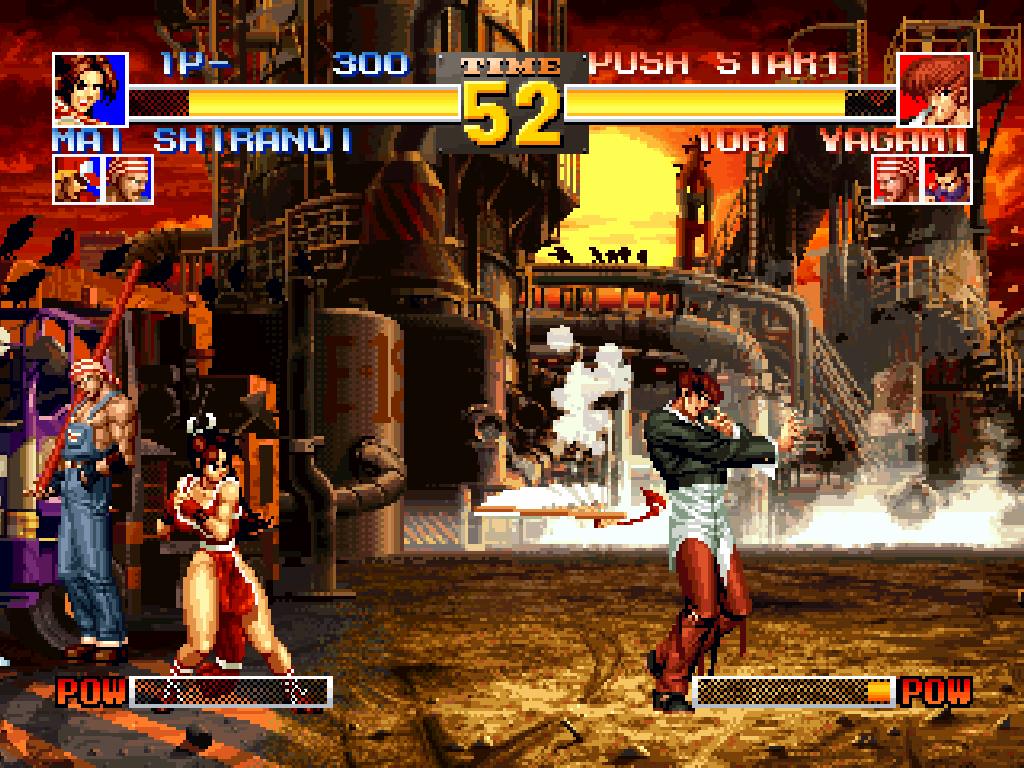
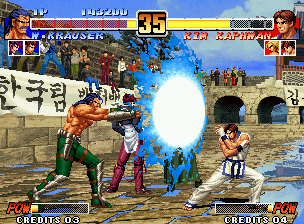

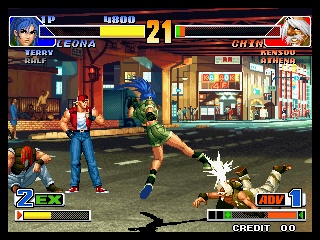
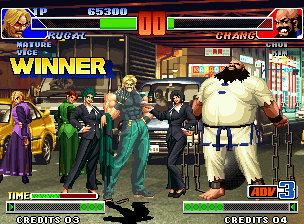





Join the conversation